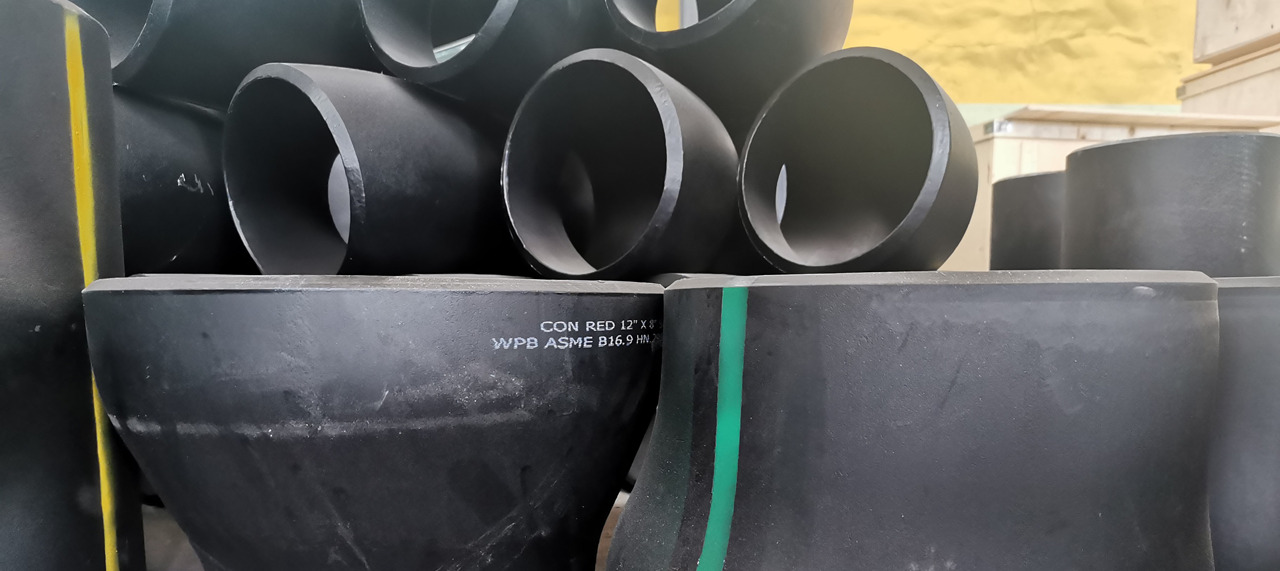Share this
The color code of color tapes on pipes is usually to identify the nature of the fluids in a pipeline system, including their direction, flow rate, temperature, pressure, and other critical information. These color tapes serve to enhance the safety and recognizability of the pipeline system. Here are some common functions of color tapes:
1. Identifying fluid color codes: Different colors of tapes typically represent different types of fluids, such as water, gas, oil, chemicals, etc. This helps personnel quickly identify the substances flowing in the pipes and take appropriate safety measures.
2. Indicating flow direction: Color tapes can indicate the flow direction of fluids within the pipes, preventing incorrect connections or reverse flow, thereby avoiding system failures or hazards.
3. Marking flow rate and pressure: Different colors or patterns of tapes can be used to represent key parameters such as flow rate and pressure within the pipeline, allowing operators to recognize the operational status of the pipeline system.
4. Warning: Special tapes and labels can be used to indicate hazardous conditions, such as high temperature, high pressure, or corrosive chemicals, to alert personnel to take necessary safety precautions.
5. Identifying pipe color code: Color tapes can also be used to indicate the color code of the pipe, such as supply, drainage, heating, cooling, etc., making it easier to locate the correct pipe during maintenance and emergencies.
6. Compliance with regulations: Some regulations and standards require the use of specific colors of tapes in pipeline systems to ensure compliance with safety and environmental requirements.
In summary, color tapes on pipes play a crucial role in the design, installation, and maintenance of pipeline systems, improving system recognizability and safety, and helping to prevent accidents and confusion. The use of color tapes typically follows relevant standards and regulations to ensure consistency and reliability.

